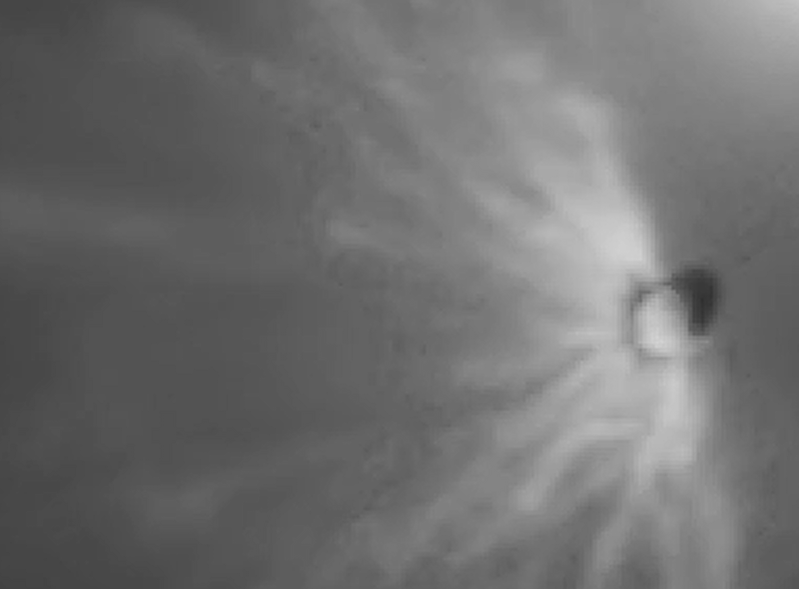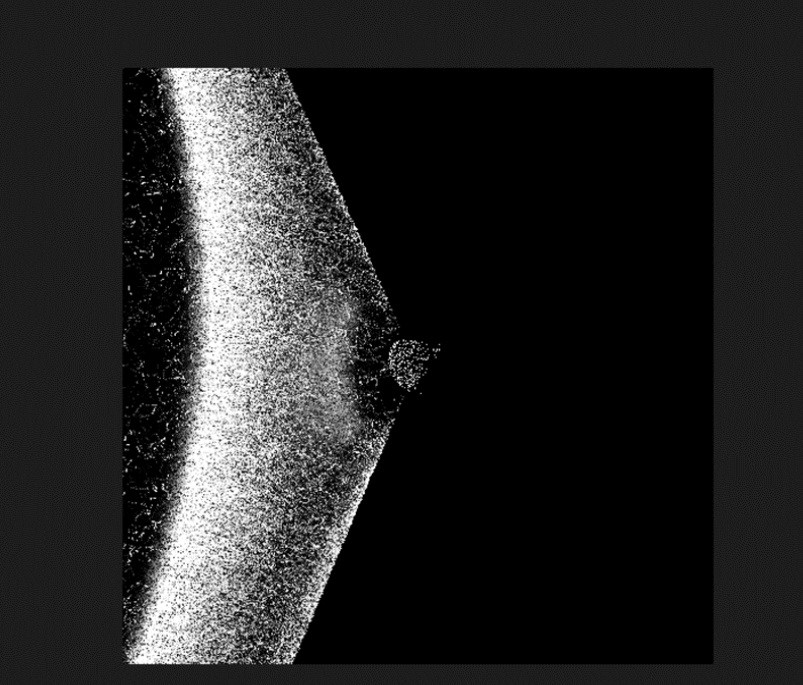Insights into DART Ejecta Dust Characteristics through Radiative-Transfer Modeling
- University of Maryland, Department of Astronomy, College Park, United States of America (lkolokol@umd.edu)
In the case of optically thick media, modeling their photometric and polarimetric properties requires using radiative-transfer techniques. Radiative transfer takes into account multiple scattering by considering the interactions of photons with particles multiple times as they traverse through a medium. Among the radiative transfer models, the most popular are those based on the Monte Carlo technique. These techniques use random sampling to simulate the trajectories of individual photons through the medium, allowing for the calculation of multiple scattering effects.
In this presentation, we apply radiative transfer to the modeling dust ejecta that resulted from the impact of the DART spacecraft on the asteroid Dimorphos. The goal of our modeling is to reproduce the brightness distribution within the ejecta plume observed by the LUKE camera on board of LICIACube cubesat. We use the powerful 3D radiative transfer model entitled Hyperion (https://www.hyperion-rt.org/ which was successfully used to simulate the ejecta produced by the impact on comet 67P/ Tempel 1 as a result of the Deep Impact mission [Nagdimunov et al., 2014, PSS, 100, 73]. The modeling produces the images of the ejecta, accounting for the light scattered by the ejecta, transferred through the ejecta cone, reflected from the asteroid surface, and then scattered again by the ejecta particles. The input parameters of the dust modeling are the single-scattering albedo, phase functions of the brightness and polarization, and cross-section of the dust particles, which are defined by the size and number density of the ejecta particles, assuming the composition of Dimorphos typical for S-type asteroids. The geometric parameters of modeling the ejecta plume are the ejecta location, the ejecta angle, and the location of LICIACube with respect to Dimorphos. The combination of the input parameters that produces the best-fit image, reveals the size and number density of the DART ejecta particles and their change with the distance from Dimorphos and with the time after impact.
The LUKE images revealed a complex shape and structure of the ejecta plume that, unlike it was for the Deep Impact ejecta, did not allow us to consider the ejecta cone as a whole, but required us to focus on specific areas of the plume. Particularly, we were interested in modeling the regions of the plume adjacent to the asteroid, where a prominent dark band was observed in the images captured 174-180 seconds after impact.
The origin of the dark band is unclear but most likely this is a shadow that one of the walls of the optically thick hollow cone cast on the other wall or/and the plume cast on the asteroid surface. Our 3D modeling validates the correctness of this explanation and also reveals the properties of the dust particles, including their number density, in the vicinity of the impact.
The figure below shows the LUKE image of the ejecta acquired at 178 sec after impact (left panel), and tentative results of our modeling (right panel) which seems to reproduce the dark band adjacent to Dimporphos.


Acknowledgment. This work was supported by NASA DART Participating Scientist grant # 80NSSC21K1131. We appreciate the free access to the LICIACube LUKE images provided by the Small Bodies Node of the NASA PDS through the website https://pdssbn.astro.umd.edu/holdings/pds4-liciacube:luke_raw-v1.0/
How to cite: Kim, Y., Kolokolova, L., and Farnham, T.: Insights into DART Ejecta Dust Characteristics through Radiative-Transfer Modeling, Europlanet Science Congress 2024, Berlin, Germany, 8–13 Sep 2024, EPSC2024-490, https://doi.org/10.5194/epsc2024-490, 2024.